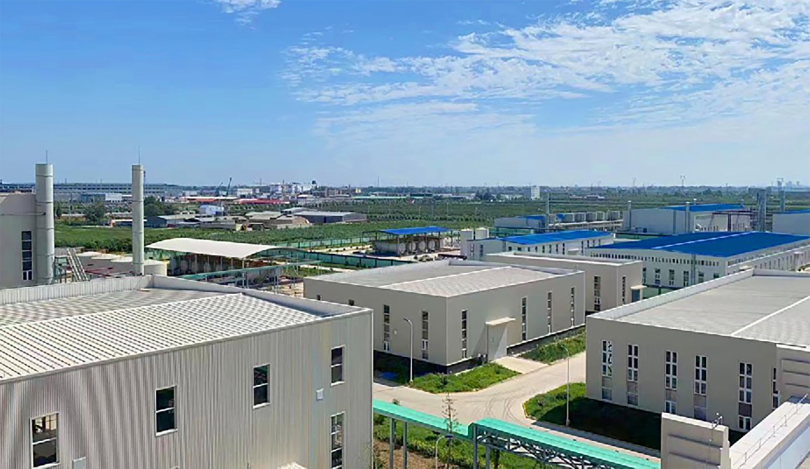
Dec . 14, 2024 22:22 Back to list
china redispersible polymer powder
Understanding China Redispersible Polymer Powder Key Features and Applications
Redispersible polymer powder (RDP) has gained significant attention in the construction and building materials industries, particularly in China. This versatile product, which is primarily used as an additive for cement-based materials, enhances both performance and workability. In this article, we will explore the essential characteristics, manufacturing processes, and applications of redispersible polymer powder, emphasizing its importance in the modern construction landscape.
What is Redispersible Polymer Powder?
Redispersible polymer powder is a dry powder that, upon mixing with water, can be re-dispersed into a homogenous, stable polymer dispersion. It is produced by spray drying polymer emulsions, resulting in a fine powder that retains the properties of the original emulsion. The primary polymers used in RDPs include vinyl acetate-ethylene (VAE), styrene-acrylic, and acrylic copolymers, each contributing unique attributes to the final product.
Key Features of Redispersible Polymer Powder
1. Improved Adhesion and Strength One of the primary advantages of using RDPs in construction is their ability to improve adhesion between materials. This is particularly important in tile adhesives and renderings, where strong bonding is critical for durability and longevity.
2. Enhanced Flexibility RDPs impart flexibility to cementitious mixtures, allowing them to withstand temperature fluctuations and structural movements without cracking. This characteristic is especially beneficial for exterior applications subjected to various weather conditions.
3. Water Resistance Polymers help enhance the water resistance of construction materials, making them suitable for humid environments and reducing the risk of water infiltration.
4. Improved Workability The addition of redispersible polymer powder contributes to better workability of the mixture, enabling smoother application and easier manipulation by contractors. This leads to increased productivity on job sites.
5. Controlled Setting Times RDPs can regulate the setting times of mixtures, allowing more extended working periods and better control over application processes, particularly critical in larger projects.
Manufacturing Process of Redispersible Polymer Powder in China
china redispersible polymer powder

China has become a leading producer of redispersible polymer powder, investing heavily in advanced manufacturing technologies. The process typically involves the following stages
1. Polymer Emulsion Production The first step is to create a stable polymer emulsion through processes like emulsion polymerization, where monomers are combined in the presence of water and surfactants.
2. Spray Drying The emulsion is then subjected to spray drying, where it is atomized into small droplets and dried rapidly in a hot air stream, resulting in a free-flowing powder form.
3. Quality Control After production, the powder undergoes stringent quality control tests to ensure consistency in particle size, polymer content, and performance characteristics.
4. Packaging and Distribution Finally, the RDP is packaged to protect it from moisture and other environmental conditions before distribution to local and international markets.
Applications of Redispersible Polymer Powder
The applications of redispersible polymer powder are vast and varied in construction, including
- Tile Adhesives Enhances adhesion and flexibility in ceramic tile installations, ensuring longevity and durability. - Mortars and Renders Used in plaster and mortar formulations, resulting in improved strength and workability. - Interior and Exterior Wall Coatings Provides superior performance in paints and textures, ensuring great aesthetics and durability. - Self-Leveling Compounds Enhances flow properties and adhesion, essential for floor applications in residential and commercial buildings.
Conclusion
In conclusion, redispersible polymer powder is a vital component in modern construction, particularly in China, where its production and application continue to evolve. By enhancing performance characteristics such as adhesion, flexibility, and workability, RDPs contribute significantly to the quality and durability of building materials. As the construction industry advances, the role of RDPs will undoubtedly become more prominent, paving the way for innovative solutions in building applications.
-
Versatile Hpmc Uses in Different Industries
NewsJun.19,2025
-
Redispersible Powder's Role in Enhancing Durability of Construction Products
NewsJun.19,2025
-
Hydroxyethyl Cellulose Applications Driving Green Industrial Processes
NewsJun.19,2025
-
Exploring Different Redispersible Polymer Powder
NewsJun.19,2025
-
Choosing the Right Mortar Bonding Agent
NewsJun.19,2025
-
Applications and Significance of China Hpmc in Modern Industries
NewsJun.19,2025







